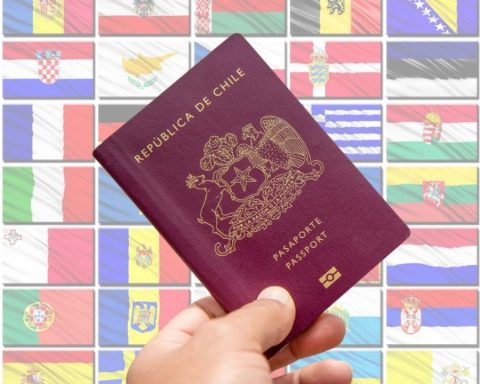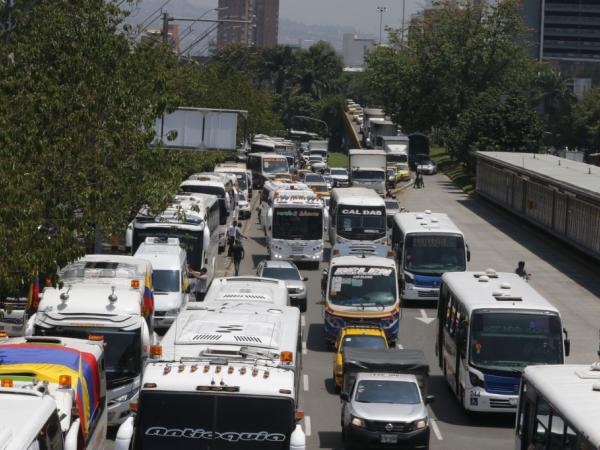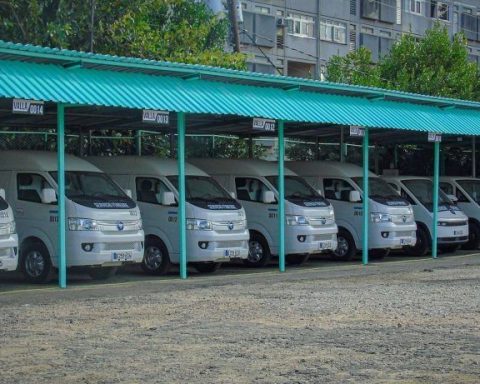This September 7, most Chileans will move their clocks forward to start the daylight saving timea change that allows for more daylight hours during the day. However, in the midst of this seasonal transition, there is one region that will remain firmly on its current time: the Magallanes and Chilean Antarctic Region.
Since 2016, this region The city has remained on the same schedule throughout the year, a measure that was established by decree of Michelle Bachelet’s government. The decision to maintain a fixed schedule responds both to the extreme geographical conditions of the area and to the requests of its inhabitants, who value the stability in daily light that this exception offers.
The main reason for this measure is based on the unique geographical location of Magallanes and Chilean Antarctica. In this regionwinter nights are particularly long, and sunlight is a scarce and precious resource during certain months of the year. Changing daylight saving time seasonally, as is the case in the rest of the country, would have meant a further reduction in available daylight hours, intensifying the feeling of darkness and isolation that already characterizes the area.

Before the implementation of this schedule permanent, residents of the region had expressed a desire for more hours of natural light in the evenings, especially during the winter. Maintaining winter time all year round has allowed the inhabitants of Magallanes and Antarctica to make the most of daylight hours, which has contributed to improving their quality of life and general well-being.
The measure has been widely accepted and appreciated by the residents of the regionwho consider that this permanent schedule is better suited to their climatic and geographical reality. While the rest of the country adapts to daylight saving time, Magallanes and Antarctica continue with their daily routine without alterations, reaffirming themselves as the only region of Chile that does not participate in the time change.

















